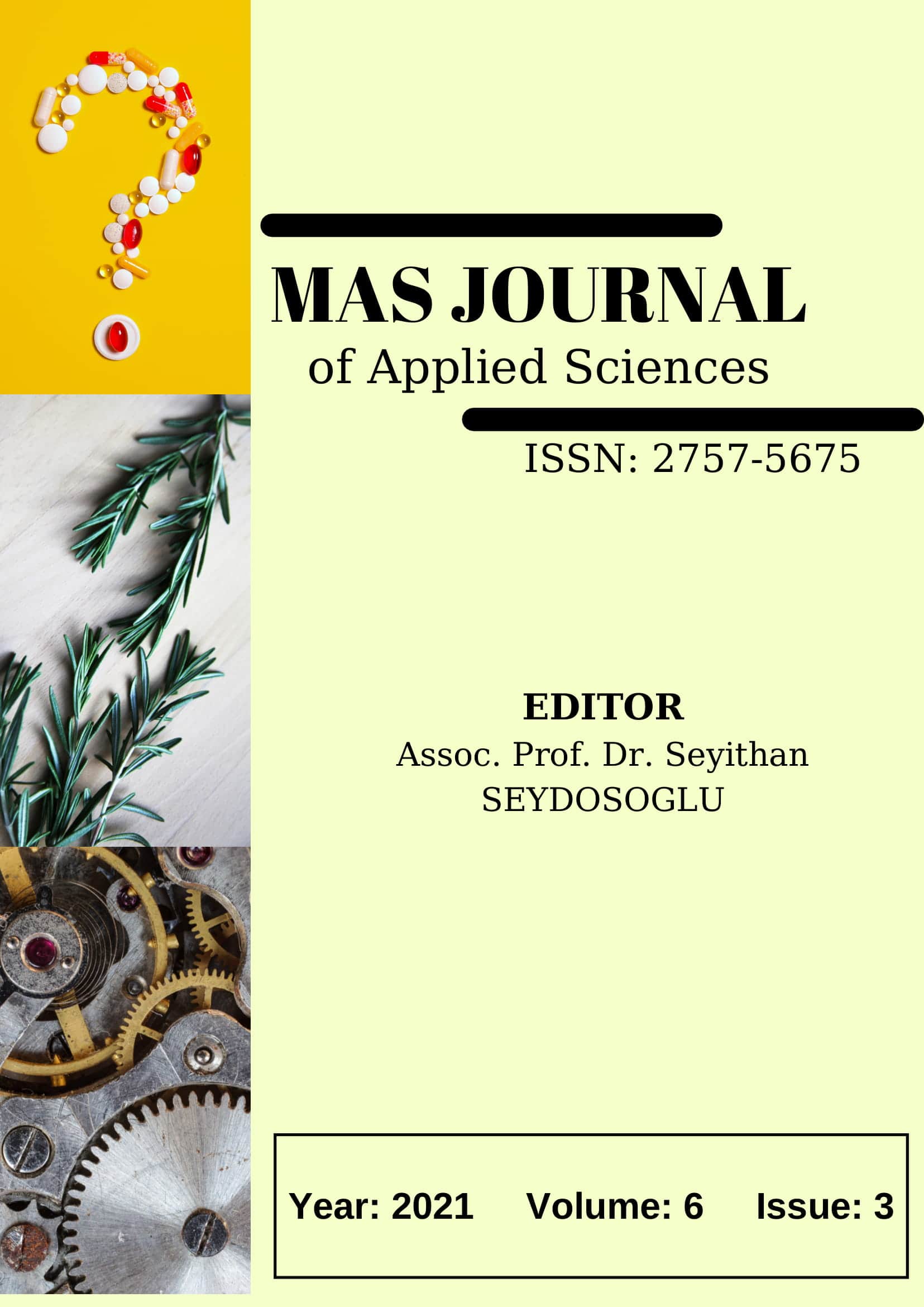Effects of Chickpea Varieties Sown at Different Times on Yield, Yield Components and Nodulation in Siirt Ecological Conditions
DOI:
https://doi.org/10.52520/masjaps.114Keywords:
Adaptation, Cicer arietinum, late sowing, climate change, protein yieldAbstract
Chickpea (Cicer arietinum L.), which is produced around 13 million tons per year worldwide, plays an important role in terms of food security and agricultural economy. Adaptation to ecological conditions and sowing time are the leading factors affecting grain yield and quality in chickpeas. The experiment was laid out in completely randomized split design with 3 replications. In the research, sowing times (3 March, 8 April and 27 April) were placed in main plots and chickpea varieties (Hisar, YaŞa-05, Zuhal and Sezenbey) were placed in the sub-plots. While sowing times affected all characteristics statistically except protein ratio, varieties caused significant differences in first pod height, plant height, number of nodules, number of pods, grain yield and protein ratio. The emergence time, frowering time, pod formation time, harvest time, first pod height, number of branch, plant height, number of pods per plant, biological yield, grain yield, number of nodules and protein rate changed between 13.8-17.8 days, 50.6-76.7 days, 52.3-84.0 days, 84.4-115.4 days, 28.2-37.3 cm, 1.3-1.8, 40.6-58.4 cm, 10.3-23.3 169.0-477.6 kg/da, 46.8-214.3 kg/da, 9.7-26.6, 23.5-25.3%. The highest grain yield was obtained from Yaşa-05 variety planted on March 3 with 214.3 kg/da, and the lowest grain yield was obtained from Zuhal variety planted on April 27 with 46.8 kg/da. The highest protein content was observed in Yaşa-05 variety with 25.3%, the lowest protein ratio was observed in Hisar variety with 23.5%. In terms of reliability of the results, it is beneficial to continue the stability analyzes and repeated trials.
Downloads
Published
How to Cite
Issue
Section
License
Copyright (c) 2021 The copyright of the published article belongs to its author.

This work is licensed under a Creative Commons Attribution-NonCommercial 4.0 International License.


